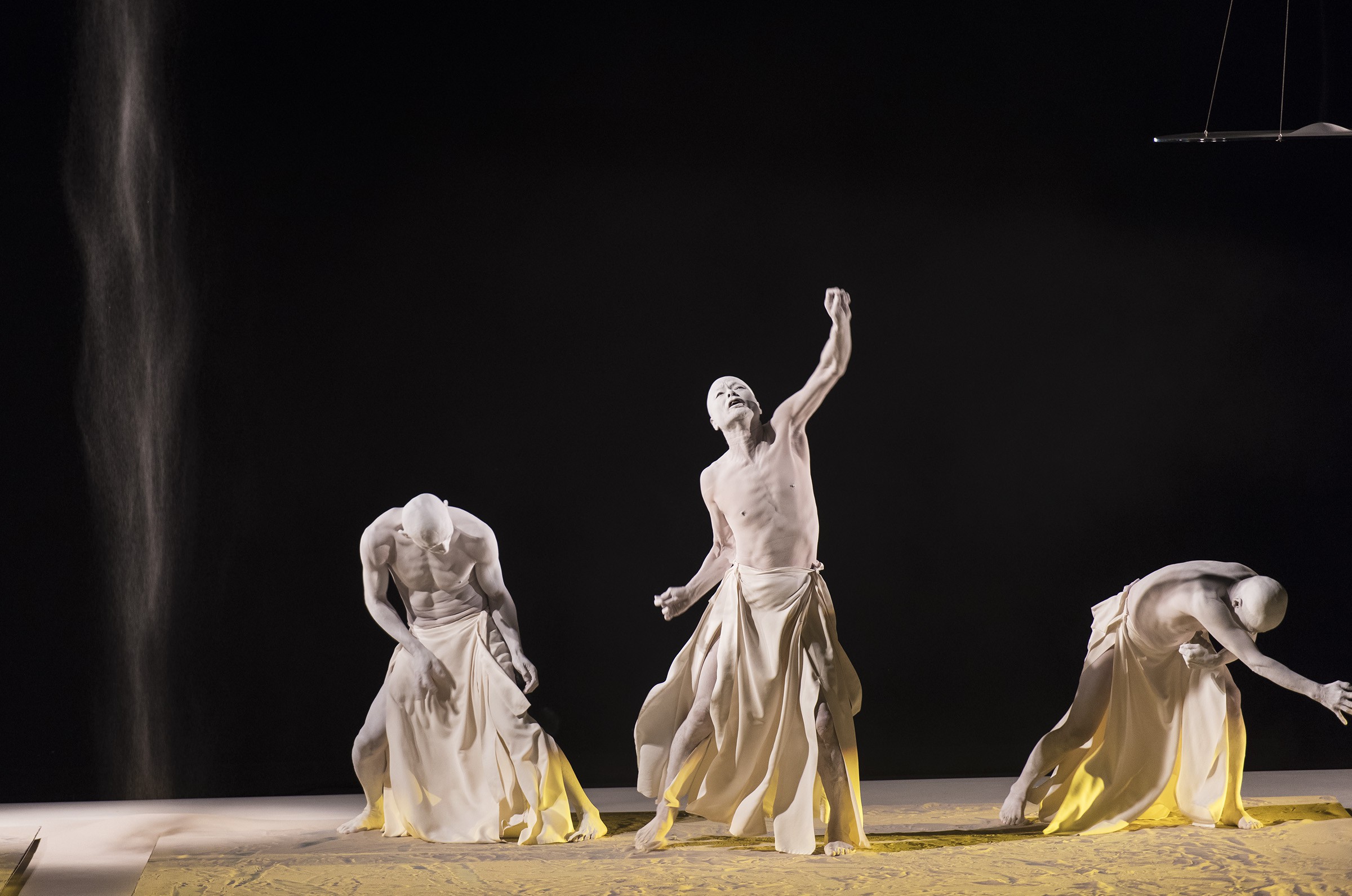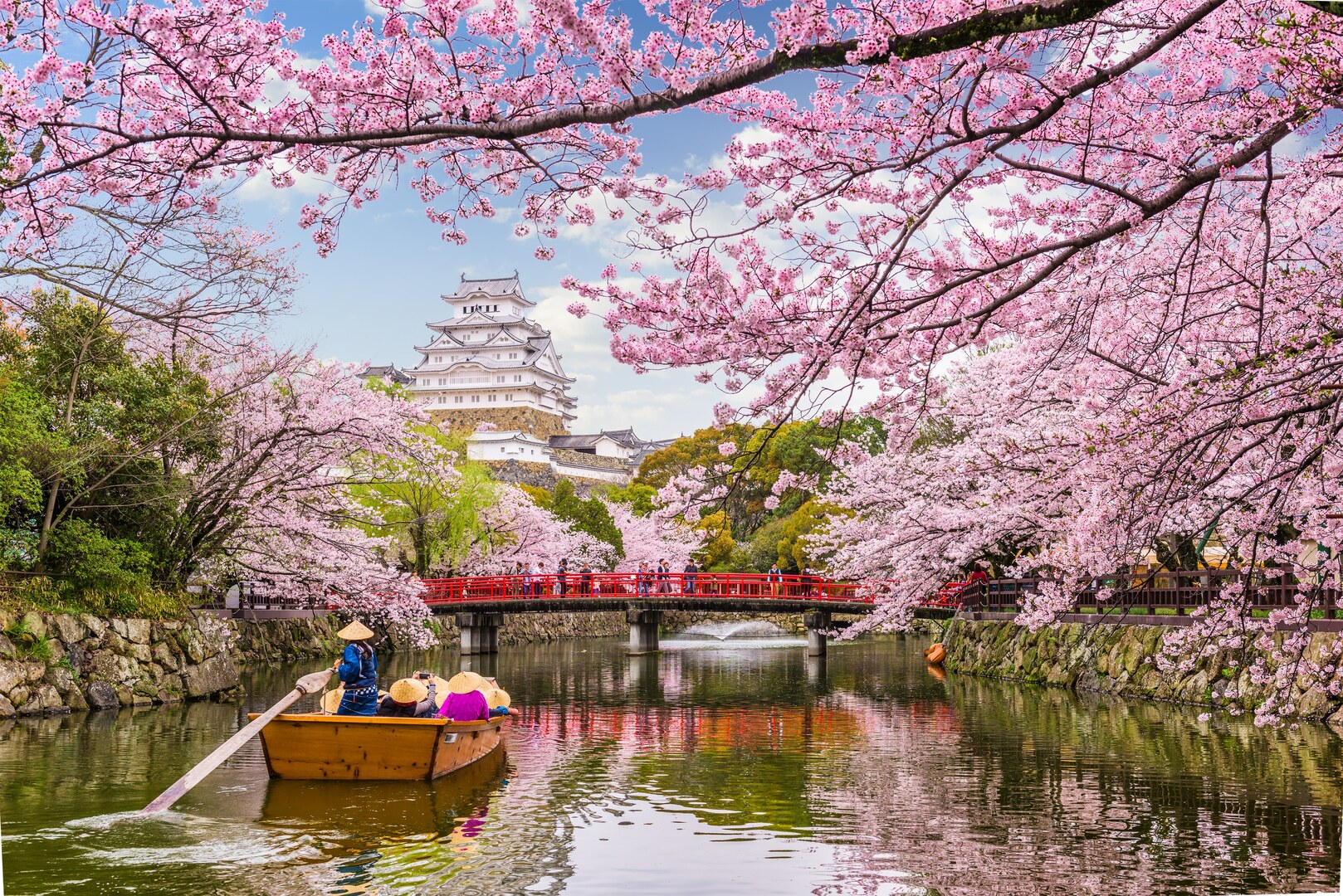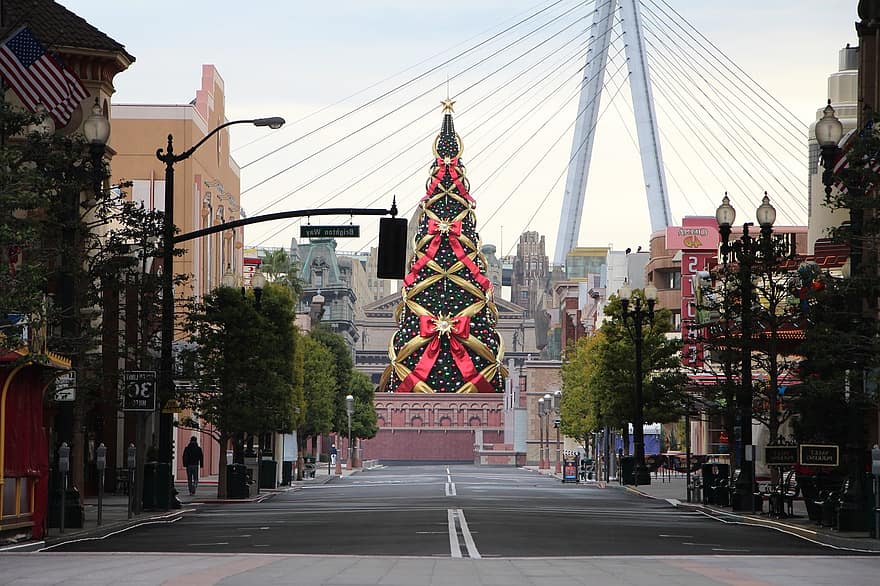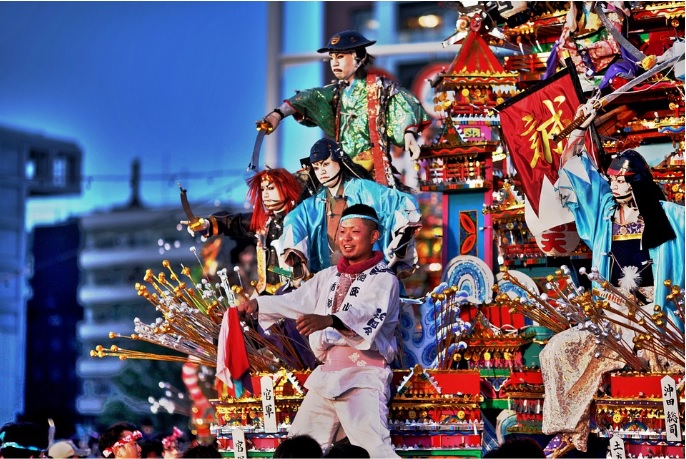
Butoh Dance is the new face of Japanese contemporary and interpretative dance.
The Ankoku butoh (Dance of Darkness) erupted after the last world war, where Tatsumi Hijikata began conceptualizing a new style in dance. He bravely incorporated sex, violence, and other taboo themes to fully express "rebellion of the human body" at the end of the 1950s.
Either a dance solo or a group performance, Butoh's dancers, usually men, are usually skinny and painted white from head to toe. It fills the whole stage with grotesque and eerie ambience that extends to the audience. The dancer expresses the "darkness of his own presence". The golden age of the dance is on 1970s and 80s where its prominence is at the peak. It was once banned because of its explicit theme.
Now, the Butoh dance has been gaining popularity in Europe, and continuously spreading through the performing arts enthusiasts worldwide.
Its popularity also gained more ideas, breaking the "darkness" theme of the dance. Dancers from Japan also modified the dance by improving aesthetics and movements, the color of body paint is modified to gold or white, and the music accompanied to the dance.
According to contemporarydance.org, here are some of the obvious features uniquely performed in a Butoh dance:
- Search for an individual or collective memory.
-Use of taboo topics: death, eroticism, sex and mobilization of archaic pulsations.
-Extreme or absurd environments.
-Slow hyper-controlled motion.
-Almost nude bodies completely painted in white.
-Upward rolled eyes and contorted face.
-Inward rotated legs and feet.
-Fetal positions.
-Playful and grotesque imagery.
-Performed with or without an audience.
-No set style: “There are as many types of butoh as there are butoh choreographers.” (Hijikata).
-It may be purely conceptual with no movement at all.
- Aesthetical features that go against the western archetypes of perfection and beauty.
Watch these statue-like dancers own the stage in your next trip to Japan!





